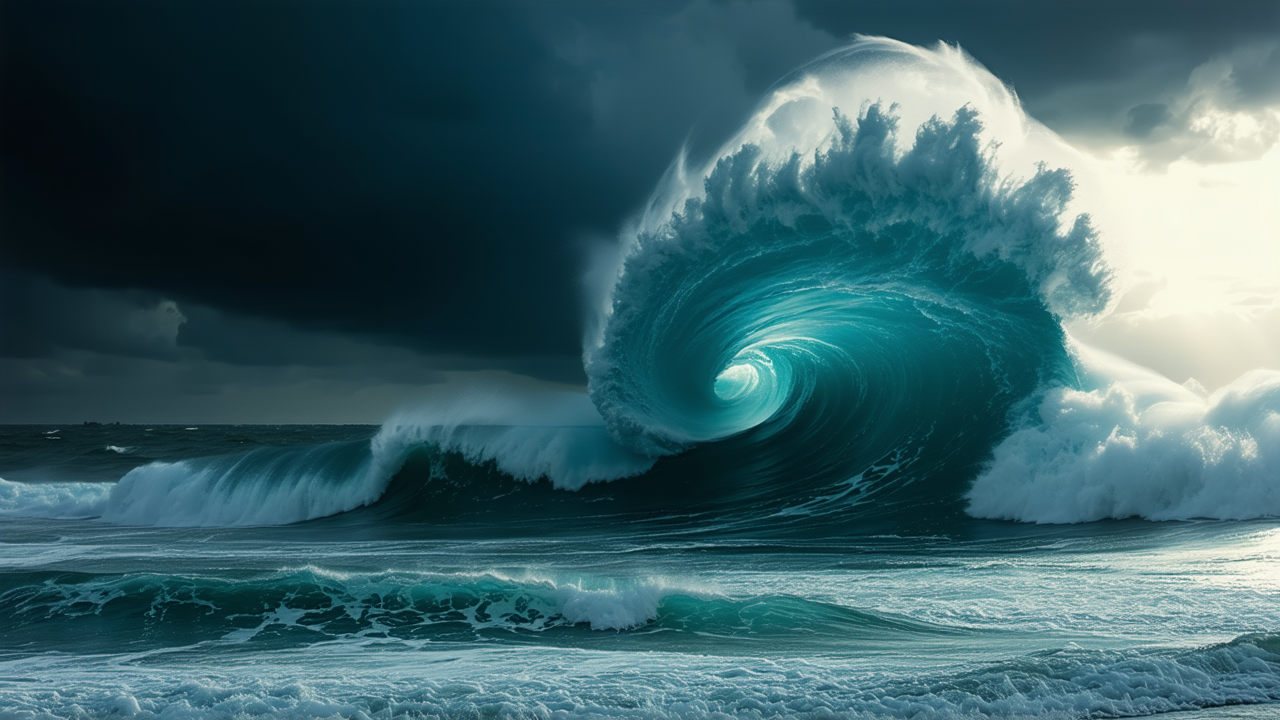Tsunami Threat Re-Evaluated in New Zealand After Major Earthquake Off Russia’s Coast
Tsunami Threat Re-Evaluated in New Zealand After Major Earthquake Off Russia’s Coast
A massive earthquake, initially measured at magnitude 8.0, has struck off the coast of Kamchatka, Russia, triggering a reassessment of tsunami risks for New Zealand. The National Emergency Management Agency (Nema) has now upgraded the quake’s magnitude to 8.7, marking the strongest earthquake globally this year and the first of such magnitude since 2021.
The United States Geological Survey (USGS) reported that the earthquake occurred at 11:25 AM NZ time, approximately 136 kilometers east-southeast of Petropavlovsk-Kamchatsky, Russia. The initial assessment by Nema suggested no immediate tsunami threat to New Zealand, citing that any resulting waves would take at least 12 hours to reach the country. However, with the updated magnitude, the situation has prompted a renewed evaluation of potential risks.
Crown Research Institute GNS Science, in collaboration with Nema, is currently analyzing whether the upgraded quake has generated a tsunami capable of affecting New Zealand. The Pacific Tsunami Warning Centre in Honolulu has issued alerts, indicating that waves up to three meters above the tide could strike regions such as Guam, Hawaii, Japan, and the Northern Marianas. In the Marshall Islands, Palau, and the Philippines, waves up to one meter above the tide are also possible.
“The situation may change as more information becomes available,” said Nema in a recent update. This uncertainty highlights the importance of continuous monitoring and risk assessment, particularly in the face of such powerful seismic events.
While the immediate threat to New Zealand appears low, the incident underscores the need for vigilance and preparedness in the face of natural disasters. The upgraded earthquake has also raised broader questions about the potential for future seismic activity in the Pacific region and the need for improved early warning systems.
As the situation develops, authorities are urging the public to remain informed and to follow updates from Nema and other emergency management agencies. The event also serves as a reminder of the unpredictable nature of earthquakes and their potential to impact regions far from their epicenters.
For now, the focus remains on assessing the current risk and ensuring that any potential threats are mitigated effectively. The ongoing collaboration between Nema, GNS Science, and international agencies will be critical in determining the full extent of the situation.
